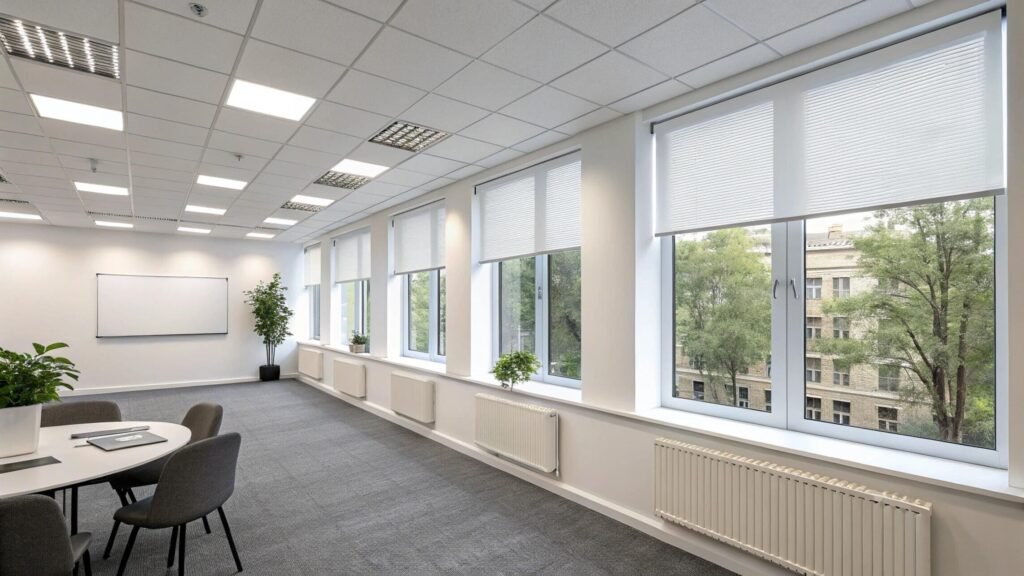Your smart building project promises total environmental control, but the blinds are an afterthought. Now you're struggling to connect them to the central BMS, risking project delays and performance gaps.
To integrate motorized blinds with a Building Automation System (BMS)1, you must use motors that support commercial control protocols like BACnet, KNX, or Modbus, often through a specialized gateway. This allows the BMS to centrally control shades alongside HVAC and lighting for optimized building performance.
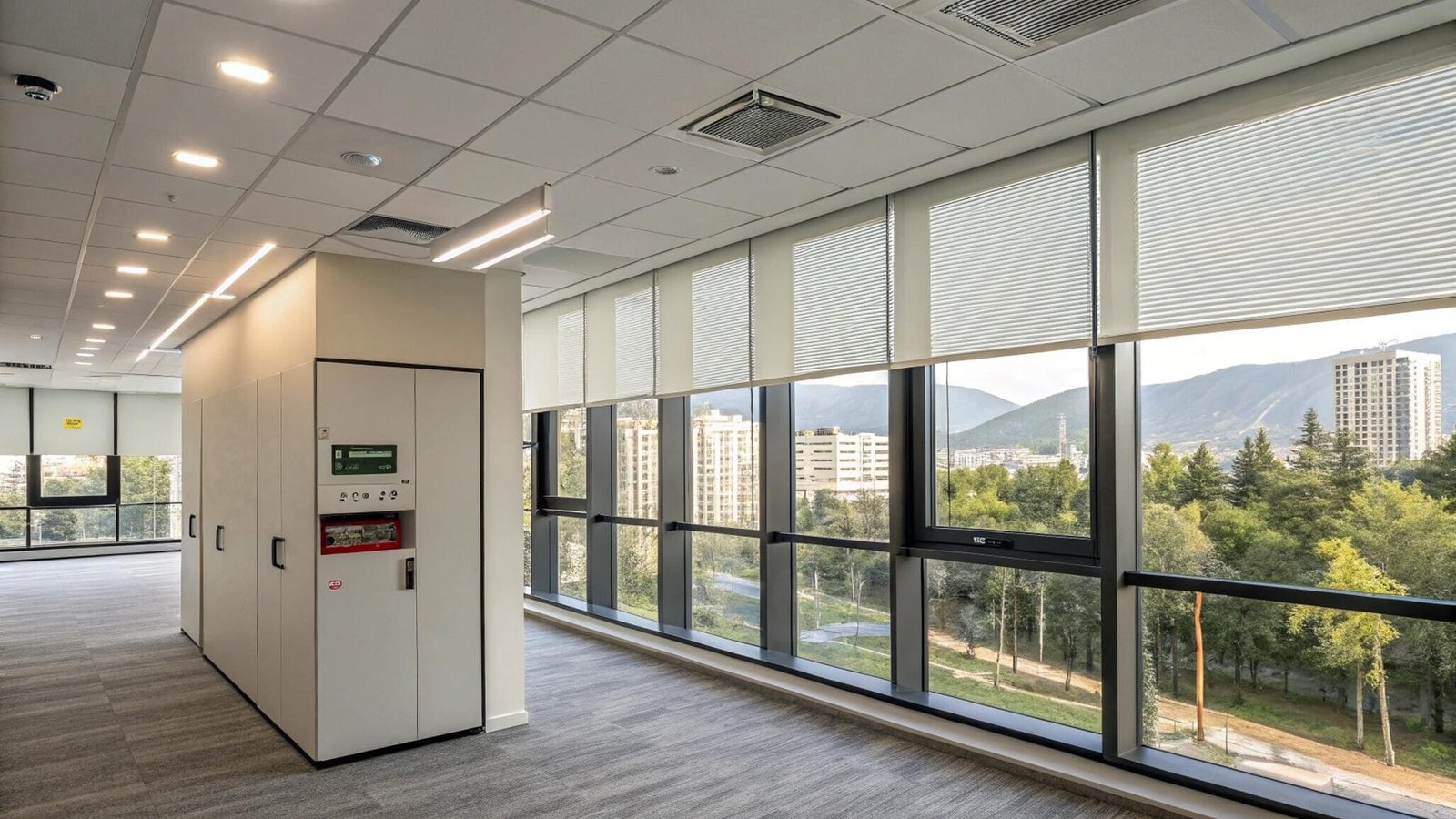
Integrating motorized shading into a BMS moves blinds from being simple window coverings to active components of the building's core operational strategy. I’ve worked with many project contractors who initially treat blinds as a standalone system, only to face costly integration challenges later. The key is to plan for this integration from the very beginning of the specification process. By treating the shading system with the same rigor as the HVAC and lighting systems, you create a truly intelligent building that maximizes energy efficiency and occupant comfort.
What is a BMS and why integrate blinds into it?
You've heard the term BMS, but its connection to window blinds seems unclear. Failing to understand this link can mean missing out on significant energy savings2 and building performance improvements.
A Building Management System (BMS) is the central computer-based control system that monitors and manages a building's mechanical and electrical equipment, such as ventilation, lighting, and power. Integrating blinds allows the BMS to use automated shading to proactively manage solar heat gain and natural light.
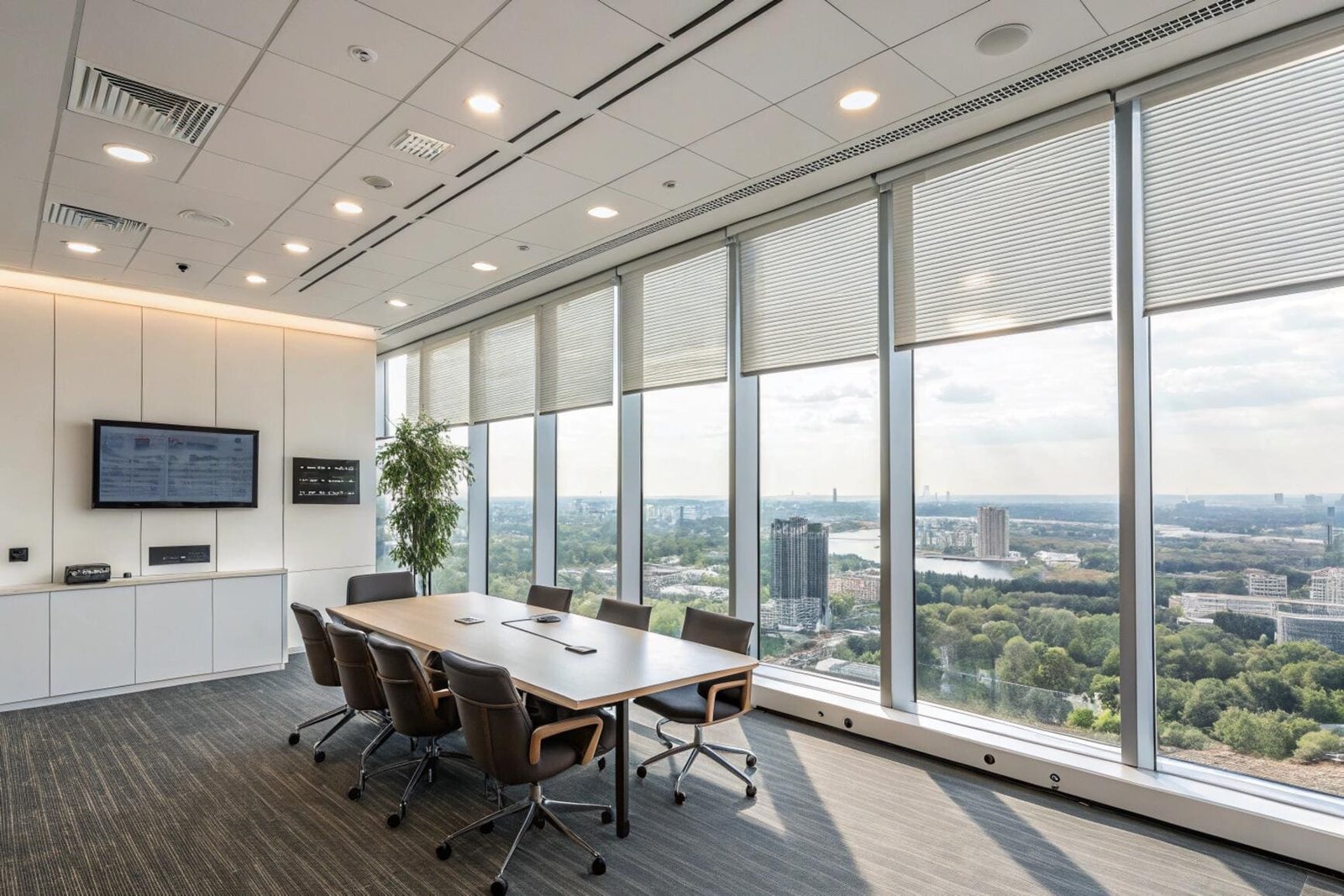
For a project buyer like Emma, thinking beyond individual components is essential. A BMS doesn't just turn things on and off; it orchestrates them. Imagine the blinds, lights, and air conditioning all working together. On a hot, sunny day, the BMS can automatically lower the blinds on the east-facing facade to block solar radiation before the space overheats. This reduces the load on the air conditioning system, saving significant energy. At the same time, it can adjust the interior lighting to maintain perfect CCT light levels for occupants. This level of coordinated automation is impossible without integrating the blinds into the BMS. It transforms the building from a reactive structure to a proactive, energy-saving environment.
The Core Logic of Integrated Shading
The value proposition goes far beyond simple remote control. It's about data-driven decision-making performed by the building itself.
-
Solar Heat Gain Management: The primary driver for BMS blind integration is energy efficiency3. Uncontrolled sunlight through large windows can dramatically increase a building's cooling load. The BMS can use sun-tracking data (based on time, date, and building orientation) to position blinds precisely to block direct sunlight while still allowing diffuse natural daylight. This directly slashes HVAC energy consumption.
-
Glare Control & Occupant Comfort: In an office environment, glare on computer screens is a major productivity killer. An integrated system can automatically adjust blinds to eliminate glare, improving the visual comfort of occupants without plunging the room into darkness. This has been shown to improve employee satisfaction and productivity.
-
Peak Demand Shaving: Many commercial buildings pay higher electricity rates during peak demand hours. A BMS can execute a "peak demand" strategy, proactively lowering shades to reduce HVAC load during these expensive periods, directly cutting operational costs.
-
Holistic Building Performance: When the BMS controls all three systems—HVAC, lighting, and shading—it can make smarter trade-offs. It can calculate the most energy-efficient way to maintain a comfortable temperature, whether that's using more AC or blocking more sun.
| Feature | Standalone Motorized Blinds | BMS-Integrated Blinds |
|---|---|---|
| Control Logic | Manual (remote) or simple timer schedules. | Dynamic, real-time control based on sun position, sensors, HVAC status. |
| Energy Impact | Dependant on user behavior. Often inconsistent. | Proactively reduces solar heat gain, saving up to 25% on cooling costs. |
| Occupant Experience | User must react to glare or heat. | System proactively prevents glare and thermal discomfort. |
| System Goal | Convenience and aesthetics. | Optimized building performance and reduced operational cost. |
What protocols do smart blinds use for BMS integration?
You're ready to specify an integrated system, but the language of protocols—BACnet4, KNX, Modbus—is confusing. Choosing the wrong protocol means the blinds won't be able to communicate with the rest of the building.
The most common protocols for commercial BMS integration are BACnet and KNX5. While some motors offer native support, it's more common to use a gateway device that translates the blind motor's proprietary signal (like RF or RS-485) into the open BACnet/IP or KNX/IP protocol the BMS understands.
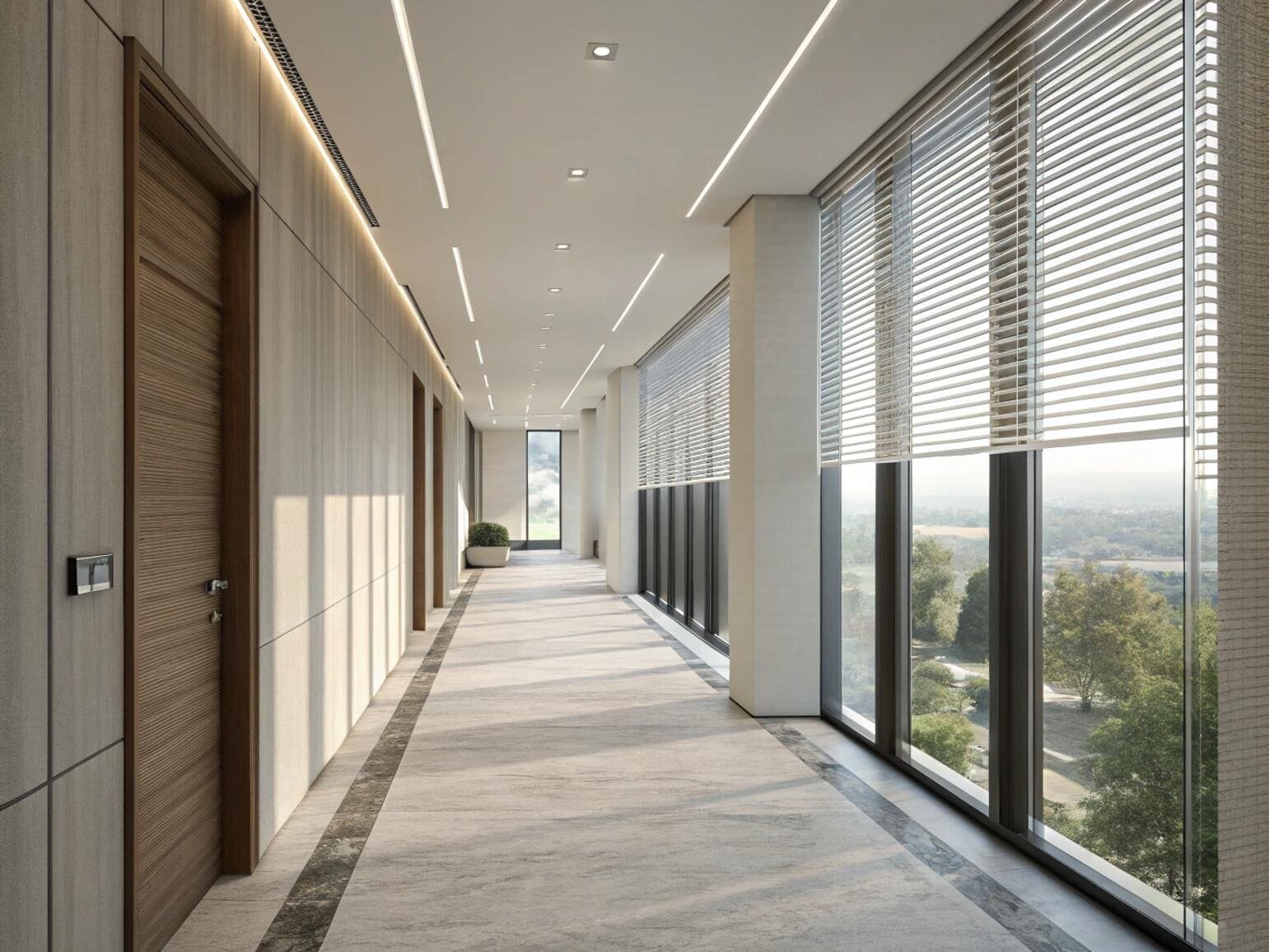
This is one of the most critical technical decisions in the project. Unlike residential smart homes that often use Wi-Fi or Zigbee, commercial BMS relies on more robust, standardized protocols built for reliability and scalability. As someone who sources and supplies these systems, I always clarify the required protocol with the project's BMS contractor first. A mistake here is costly to fix after installation. Understanding the role of a gateway is crucial; it's the Rosetta Stone that allows the specialized shading system to speak the language of the entire building.
Comparing Key BMS Protocols
For a procurement manager, knowing the landscape helps you ask the right questions and understand the technical sheets from suppliers.
-
BACnet (Building Automation and Control Networks): The dominant protocol in North America and widely used globally, especially in large, complex HVAC systems. It is an ASHRAE, ANSI, and ISO standard. Specifying a system with a BACnet/IP gateway is the safest bet for compatibility with modern BMS.
-
KNX: The leading protocol in Europe and increasingly popular worldwide, especially in high-end residential and hospitality. KNX has a strong ecosystem of compatible devices, from lighting to sensors, making it a powerful choice for creating a unified system.
-
LonWorks & Modbus6: These are older but still prevalent protocols. Modbus is often used for industrial controls and is simpler, while LonWorks is a robust peer-to-peer protocol. Integration is typically handled through a dedicated gateway, similar to BACnet or KNX.
The key is realizing you are not just buying a motor; you are buying an "endpoint" for the BMS network.
| Protocol | Primary Region | Typical Application | Integration Method | Key Advantage |
|---|---|---|---|---|
| BACnet | North America | Large commercial buildings, complex HVAC systems. | BACnet/IP or BACnet MS/TP Gateway | Ubiquitous in commercial HVAC; the "default" standard. |
| KNX | Europe | High-end commercial, hospitality, luxury residential. | KNX/IP Gateway or native KNX motor | Strong ecosystem of interoperable devices. |
| Modbus | Global (Industrial) | Industrial controls, integration with specific equipment. | Modbus RTU (Serial) or TCP/IP (Ethernet) Gateway | Simple, well-established, and royalty-free. |
What are the benefits of automated shading in smart buildings?
The project stakeholders are questioning the added cost of BMS integration for the blinds. You need to articulate the clear, quantifiable benefits to justify the investment and demonstrate its ROI.
The primary benefits of automated shading are significant energy savings from reduced HVAC load, improved occupant comfort and productivity by eliminating glare, and enhanced building aesthetics through unified facade control. These advantages deliver a measurable return on investment through lower operational costs.
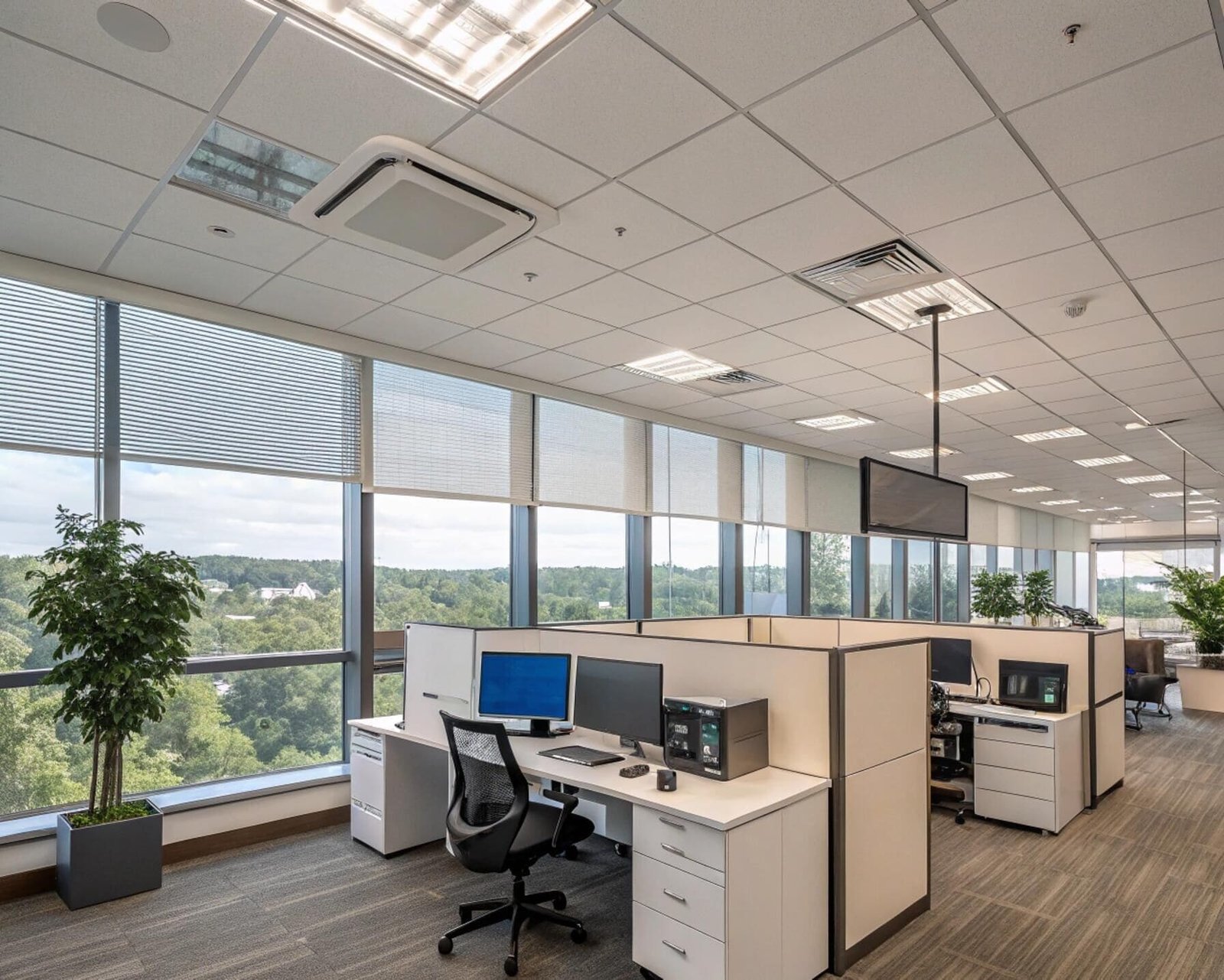
When I talk to architects and building owners, I move the conversation away from "smart blinds" and toward "dynamic facade management." This reframes the investment. You aren't just buying blinds; you're buying a system that can cut cooling energy costs by up to 25%, according to studies by institutions like the National Renewable Energy Laboratory (NREL). For a large commercial building, this translates into tens of thousands of dollars in savings annually. The payback period for the integration can often be as short as 3-5 years, making it one of the most effective energy conservation measures (ECMs) you can deploy.
A Deeper Look at the ROI
Let's break down the value proposition for a project stakeholder who is focused on the numbers.
-
Direct Energy Savings: This is the easiest benefit to quantify. By proactively managing solar heat gain, the building's chillers and air handlers run less often and at lower capacities.
- Metric: Reduced kWh consumption for cooling.
- Example: A 100,000 sq. ft. office building in a sunny climate might save 150,000 kWh per year, which could equal $15,000-$22,000 in annual savings depending on local utility rates.
-
Peak Demand Reduction: This is a crucial benefit for large facilities.
- Metric: Reduction in peak kW demand charges.
- Example: By pre-cooling the building in the morning and using shades to block midday sun, a facility can lower its peak demand, saving thousands per month on these specific utility charges.
-
Increased Occupant Productivity: While harder to quantify, this is a massive benefit. Studies from organizations like the World Green Building Council link access to natural light and views with a 10-15% increase in productivity and cognitive function. Automated glare control is a key enabler of this.
-
LEED & BREEAM Points: For projects pursuing green building certification, an automated shading system is a major contributor. It directly earns points in categories like Energy & Atmosphere (EA) and Indoor Environmental Quality (IEQ), helping the project achieve a higher certification level.
How do you specify blinds for BMS integration projects?
You are responsible for the procurement and need to create a specification sheet for the blinds. A vague or incomplete spec will lead to incorrect quotes and products that are incompatible with the BMS.
To specify blinds for BMS integration, you must detail the motor type (e.g., 24V DC), the required communication protocol (e.g., BACnet/IP via gateway), the wiring requirements (e.g., star topology from a central panel), and performance criteria (e.g., sound level <44 dBA).
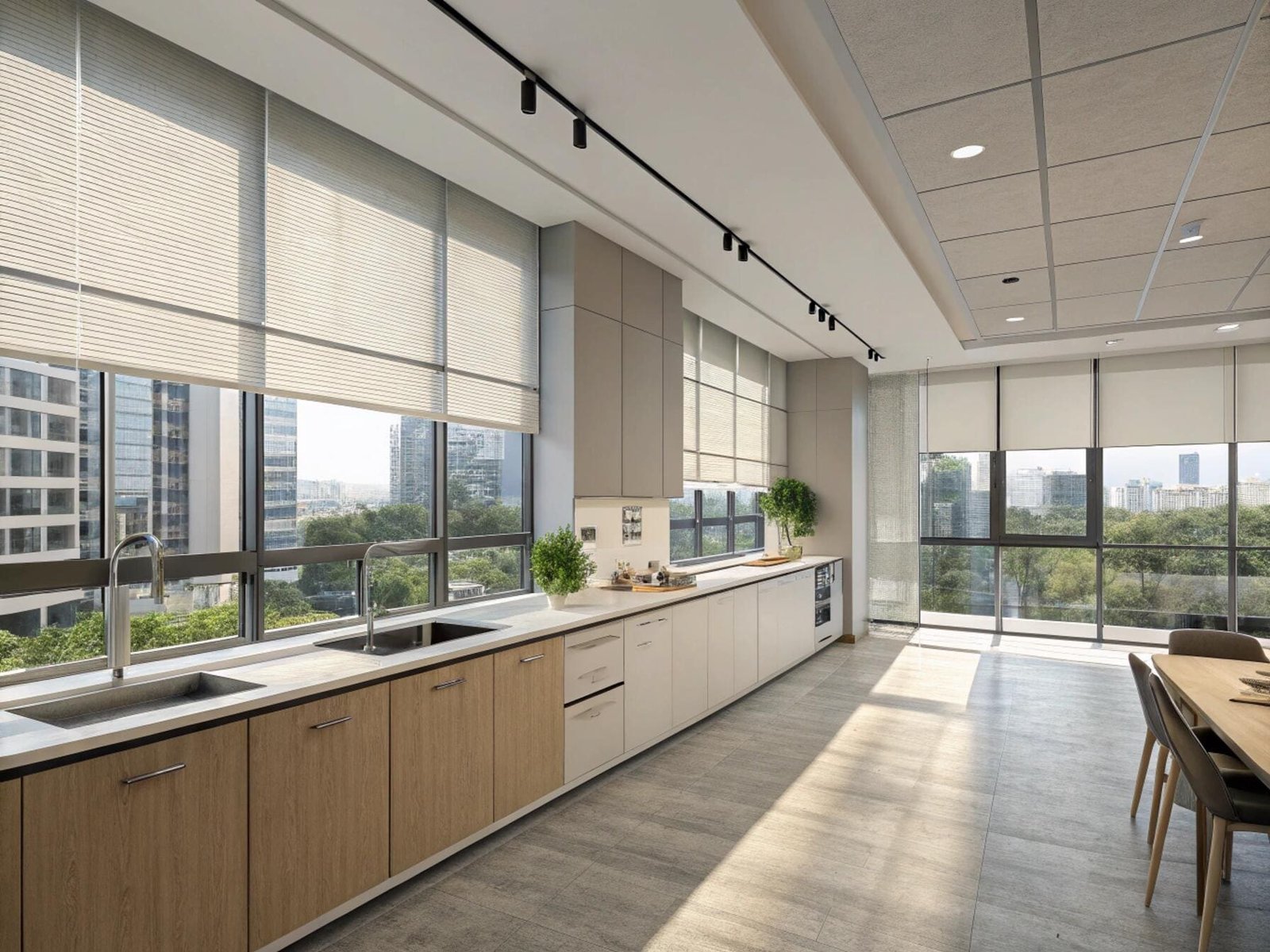
As a supplier, the quality of the specification I receive tells me a lot about how smoothly the project will go. A well-written spec sheet removes ambiguity and ensures we can provide an accurate quote for a system that will perform as expected. For a professional like Emma, a detailed specification is her primary tool for ensuring quality and avoiding costly change orders. It forms the basis of the contract and the standard against which the final installation will be judged. Never assume a supplier will know what you mean; spell it out in technical detail.
Critical Specification Checklist
Here is a template checklist I recommend my partners use when drafting their technical specifications for a BMS project.
-
Motor Specifications
- Power: Low-Voltage DC (typically 24V DC) or Line-Voltage AC (120V/230V). Low-voltage is more common for modern BMS projects.
- Control Type: Specify digital control (e.g., RS-485) as this provides the two-way communication needed for precise positional feedback to the BMS.
- Torque: Must be calculated based on blind size and weight. Specify the required Nm rating.
- Sound Level: Critical for office and hospitality. Specify a maximum level, e.g., "Not to exceed 44 dBA at 1 meter."
-
Communication & Integration
- Protocol: State the required high-level protocol (e.g., "System must be BACnet/IP compatible").
- Hardware Interface: Specify the required gateway or interface card. For example, "Provide one BACnet/IP gateway for every 30 motors."
- BMS Data Points: List the required control points (objects) for the BMS. At a minimum, this should include: Up, Down, Stop, and Go-to-Position (0-100%). It should also include a "Current Position" feedback object.
-
Wiring and Power Supply
- Wiring Topology: Specify how motors will be wired (e.g., star-run from a central cabinet, or a daisy-chained RS-485 bus).
- Power Supply Units (PSUs): Specify centralized, panel-mounted power supplies rather than individual plug-in transformers for a cleaner, more reliable installation.
This level of detail ensures all bidders are quoting on the same solution, enabling a true "apples-to-apples" comparison.
What are the installation requirements for BMS-connected blinds?
The blinds and gateways have arrived on site. Now the installation team needs clear instructions. A poorly managed installation can create network issues and failures that are difficult to troubleshoot later.
The installation of BMS-connected blinds requires both mechanical and electrical expertise. It involves mounting the blinds, running low-voltage data and power wiring according to spec, and commissioning the network gateway to ensure it's visible to the BMS before the integration programmer arrives.
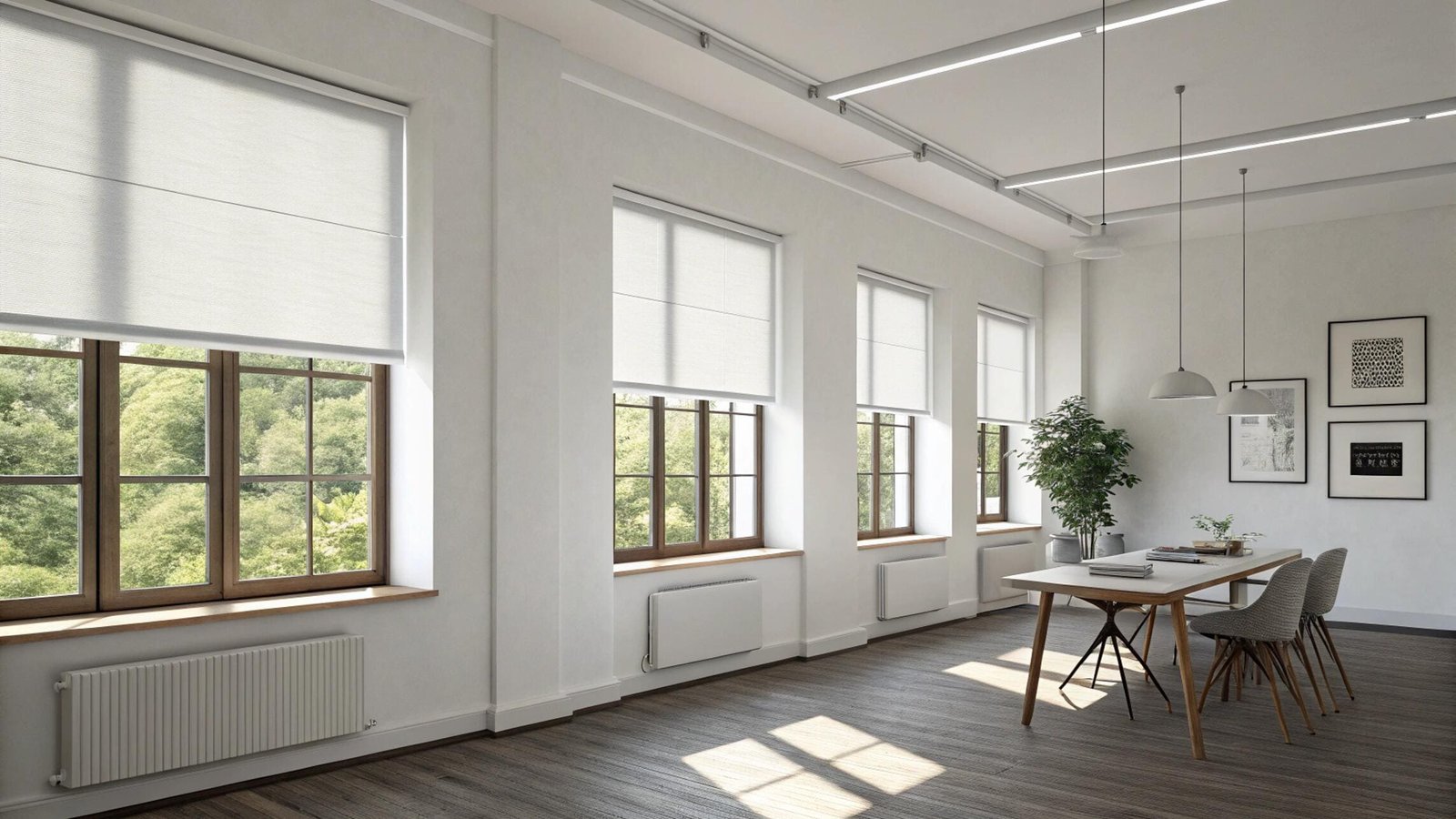
I have seen perfectly good products fail due to poor installation. For BMS projects, this phase is a collaboration between the blind installer, the electrician, and the BMS contractor. The project manager's role is to coordinate these three trades. The wiring must be installed before the ceilings are closed, and each motor connection must be tested and addressed properly. Meticulous labeling of cables and motor addresses during this phase will save dozens of hours of troubleshooting during the final commissioning.
A Phased Installation Plan
For a smooth process, the installation should be broken into distinct phases.
-
Pre-Wire (During Construction): This is the electrician's job, supervised by the BMS contractor. They run the specified low-voltage cables (e.g., Cat5e or a dedicated 4-conductor cable) from the central control panel location to each window opening. This is the most critical phase to get right.
-
Mechanical Installation: The blind installer mounts the brackets and the blinds themselves. They need to ensure the blinds are perfectly level and that the fabric or slats do not bind or rub during movement.
-
Motor Connection & Addressing: The electrician or a trained blind installer connects the pre-run wires to the motors. For systems using a data bus like RS-485, each motor must be given a unique address at this stage, following a pre-defined addressing scheme provided by the BMS programmer.
-
Gateway and Power Supply Commissioning: The BMS contractor installs the power supplies and the communication gateway in the control panel. They will power up the system, test basic motor movement locally, and configure the gateway's network settings (e.g., IP address) so that it is "discoverable" on the building's BACnet or KNX network.
Only after these four steps are complete and signed off is the system truly ready for the final layer of programming.
How do you program and configure automated blind controls?
The hardware is installed, but the system isn't "smart" yet. Who programs the automation logic, and what does that process involve? This final step is what brings the system to life.
Programming the automated control logic is typically done by the BMS integration specialist, not the blind installer. Using the BMS software, they create schedules, link blinds to sun-position algorithms, and create "scenes" that coordinate blinds with lighting and HVAC systems based on sensor inputs.
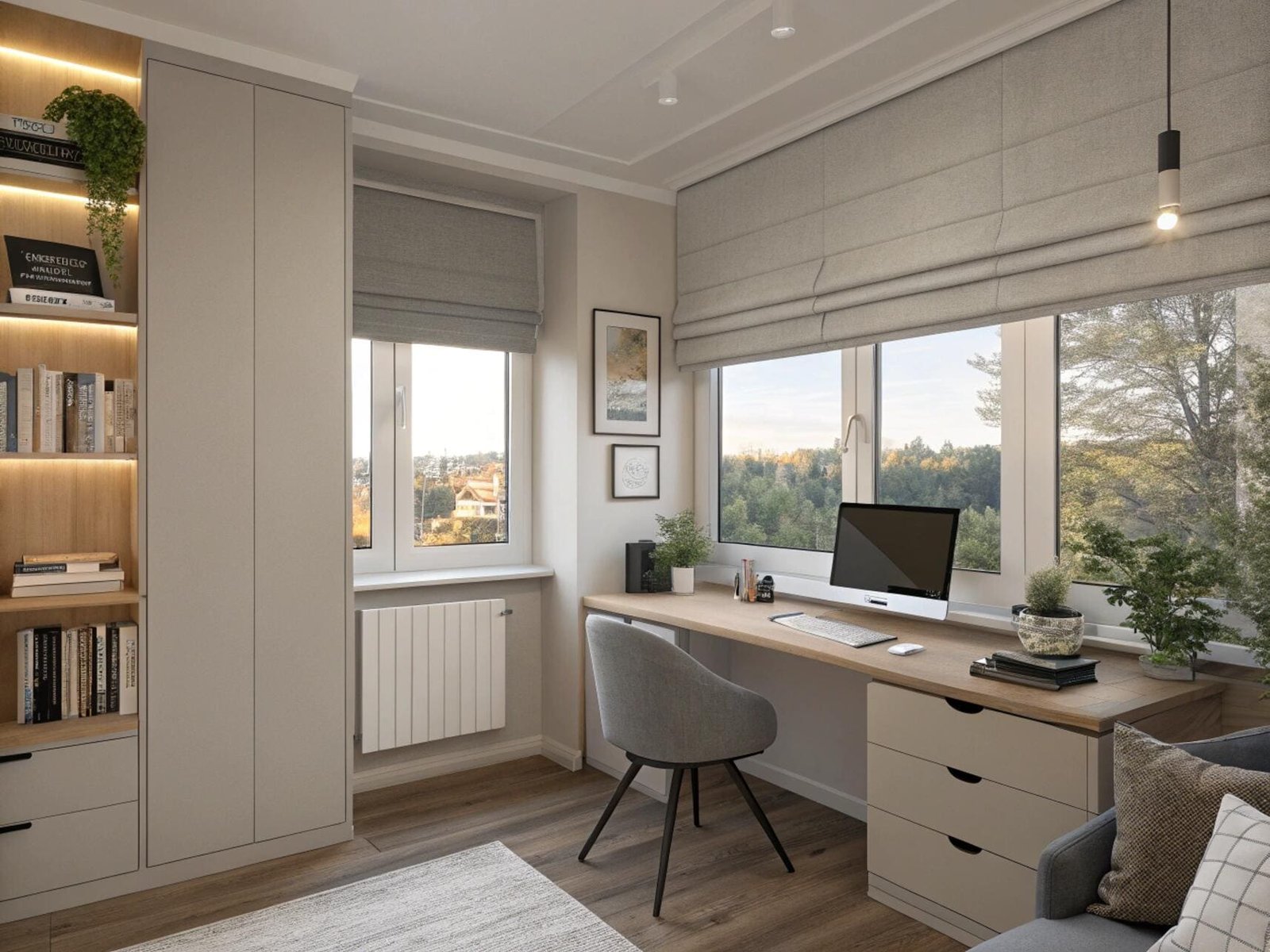
This is where the magic happens. The physical installation provides the "muscles" (the motors), but the BMS programming provides the "brain." As a product supplier, my role is to ensure our gateways provide all the necessary data points (BACnet objects or KNX group addresses) in a clear and standardized way. The BMS programmer then uses these points as ingredients in their automation recipes. They will write logic like: "IF the sun azimuth is between 90 and 120 degrees, AND the pyranometer sensor reads > 500 W/m², THEN set East_Facade_Blinds position to 75%."
Elements of BMS Programming for Shading
The programming can range from simple to incredibly complex, depending on the project goals.
- Schedules: The simplest form of automation. For example, "At 8:00 AM, raise all blinds. At 7:00 PM, lower all blinds." This is a basic starting point.
- Sun-Tracking Automation: This is the most common and effective strategy. The BMS uses an astronomical clock (which knows the date, time, and building's geographic location) to calculate the precise position of the sun. It then adjusts the blinds on each facade to block direct rays while maximizing ambient light.
- Sensor-Based Control: For ultimate performance, sensors are added.
- Rooftop Pyranometer: Measures solar intensity. On an overcast day, the blinds can remain open even if the sun is in a "hot" position, maximizing daylight harvesting.
- Interior Photosensors: Measure the light level inside the space. The system can adjust both the electric lights and the blinds to maintain a constant, optimal light level (e.g., 500 lux) at the work plane.
- Scene Integration: The programmer will create scenes that can be triggered by a user or an event. For example, a "Presentation Mode" scene in a boardroom could be triggered by a single button press, which would lower the blinds, dim the lights, and turn on the projector.
- Manual Override: A critical feature. The programming must allow for a temporary manual override by a room occupant via a local wall switch, with a pre-set timeout (e.g., 2 hours) after which the system reverts to automated BMS control.
What are the cost considerations for BMS blind integration?
Your client understands the benefits but is focused on the budget. You need to provide a clear and comprehensive overview of the costs involved, covering hardware, software, and labor.
The cost of BMS integration for blinds adds 30-50% to the base price of the motorized blinds. This premium covers the intelligent motors, communication gateways, centralized power supplies, and the specialized labor for programming and commissioning the system.
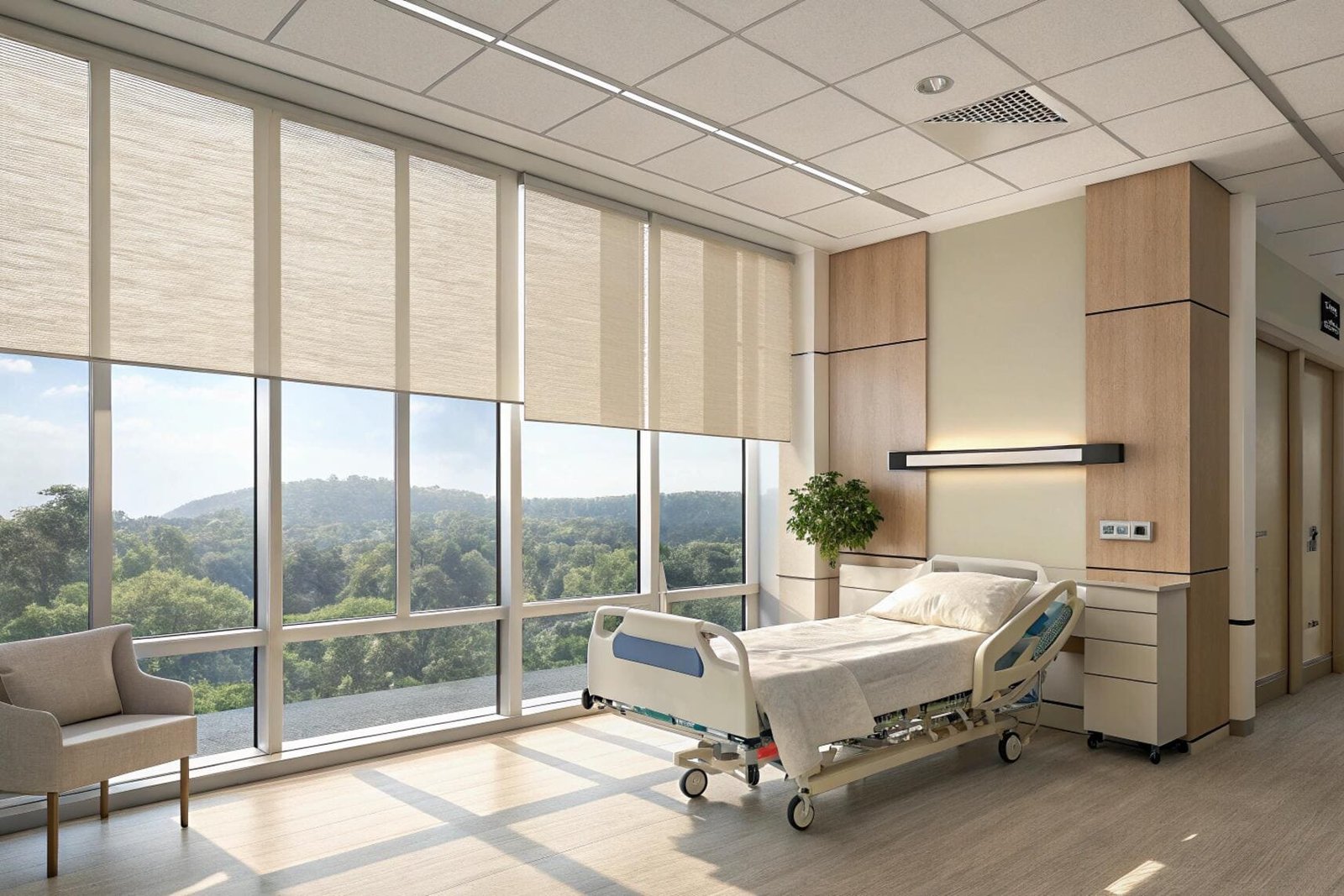
It's essential to be transparent about the total cost of ownership. While the initial "per window" price is higher than for standalone motorized blinds, the value is delivered through long-term energy savings and operational efficiency. When I prepare a quote for a BMS project, I break it down into clear line items so the client can see exactly what they are paying for. A high-level estimate is useful, but a detailed quote based on a solid specification is necessary for accurate budgeting.
Sample Budget Breakdown
To illustrate, let's look at a hypothetical small commercial project with 50 windows.
| Cost Category | Description | Sample Cost (USD) | % of Total Integration Cost |
|---|---|---|---|
| Base Motorized Blinds | Standard RF motorized roller blinds (50 units @ $500/ea). | $25,000 | (Baseline) |
| INTEGRATION PREMIUM | |||
| 1. Intelligent Motors | Upgrade to digital RS-485 motors (50 units @ $100 upgrade/ea). | $5,000 | 40% |
| 2. Control Hardware | BACnet/IP gateway, centralized 24V DC power supplies, control cabinet. | $3,500 | 28% |
| 3. Specialist Labor | BMS programmer labor for configuration & commissioning (20 hours @ $200/hr). | $4,000 | 32% |
| Total Integration Premium | $12,500 | 100% | |
| TOTAL PROJECT COST | $37,500 |
This breakdown shows that the integration adds about 50% to the baseline cost. The key for the project buyer is to see that this premium isn't just for a "feature"; it's an investment in hardware (gateways, PSUs) and expert labor that unlocks the energy-saving potential of the system.
What does a successful BMS blind integration look like?
Your client wants to see proof that this works in the real world. You need a compelling case study that demonstrates the technology in action and highlights the tangible results.
A successful BMS blind integration is exemplified by buildings like The Edge in Amsterdam, where 15,000 shades are orchestrated with lighting and HVAC to create a hyper-efficient workplace. The result is a system that dramatically cuts energy use while providing a perfectly lit and comfortable environment for every occupant.

While world-famous buildings provide great examples, I've seen success on projects of all sizes. I worked with a regional headquarters project for a tech company in California. They had a goal to achieve LEED Platinum certification and create a showcase for employee wellness. We supplied a fully integrated shading system for their 200-window office. The system was tied into a BACnet BMS, using rooftop sensors to drive the automation. The end result was a truly dynamic facade that responded to the sun throughout the day.
Case Study: "Silicon Valley Tech HQ"
-
The Challenge: A new 3-story office building with a glass curtain wall faced significant solar heat gain and glare issues, threatening both the energy budget and employee comfort. The project was targeting LEED Platinum certification.
-
The Solution: We provided a system of over 200 motorized roller shades with high-performance solar-screen fabric. The 24V DC motors were controlled via an RS-485 data network, which fed into two BACnet/IP gateways. The BMS contractor programmed a sun-tracking algorithm based on the building's exact orientation and supplemented it with data from a rooftop weather station.
-
The Programming:
- Facades were divided into zones (East, South, West).
- The system tracked the sun's path, lowering blinds ahead of the sun to prevent heat buildup.
- An override was included: on cloudy days (detected by the solar sensor), all blinds would open to maximize daylight.
- Individual offices were given a 2-hour manual override via a wall switch.
-
The Results:
- The building achieved a 22% reduction in annual cooling energy compared to the baseline model, a key factor in securing their LEED Platinum rating.
- Post-occupancy surveys showed a 90% satisfaction rate with the visual and thermal environment.
- The perfectly aligned shades created a clean, uniform aesthetic on the building's exterior, reinforcing the company's modern brand image.
This case demonstrates that when specified, installed, and programmed correctly, BMS-integrated blinds are not a luxury but a fundamental component of a high-performance building.
Conclusion
Integrating blinds with a BMS is a strategic investment in building performance. By planning for it early and specifying the right protocols and hardware, you can unlock major energy savings and improve occupant well-being.
Elevate Your Building's Performance
Ready to move beyond standard blinds? My team specializes in providing the hardware, documentation, and support needed for seamless BMS integration. Let's ensure your next smart building project is a success.
Contact us to discuss your project's technical specifications at info@velablinds.com.
Extended FAQ Section
People also ask
What is the difference between Zigbee/Z-Wave and BACnet for blind control?
Zigbee and Z-Wave are wireless mesh network protocols designed primarily for residential and light commercial smart home applications. They are excellent for connecting devices like light bulbs, locks, and blinds to a central hub like Amazon Alexa or Google Home. BACnet, on the other hand, is a robust data communication protocol specifically designed for large-scale building automation. It's the standard language spoken by commercial-grade HVAC, lighting control, and access control systems. While you can potentially "bridge" a Zigbee system to a BMS, it's not the professional standard. For true reliability, scalability, and the deep integration required for a smart building, specifying a system with a native or gateway-supported BACnet interface is the correct engineering approach.
Can the BMS control the tilt of Venetian blinds as well as lift?
Yes, absolutely. This is a key feature of advanced shading integration. A standard motorized blind might offer three BACnet "objects": Up, Down, and Position (0-100%). A more advanced motor for a Venetian or perforated roller blind will offer additional control points. For a Venetian blind, the BMS would see objects for both Lift_Position (0-100%) and Tilt_Angle (0-180 degrees). This allows for highly sophisticated control strategies. For example, the BMS could fully lower the blinds for privacy but tilt the slats to a 90-degree open position to bounce natural daylight deep into the space, reducing the need for electric lighting while still controlling glare. This level of granular control is a major advantage of using digital communication motors (like RS-485 based systems) over simple relay controls.
Who is ultimately responsible for making the blind integration work?
Responsibility is shared, which is why clear project management is critical. It breaks down like this:
- The Architect/Designer: Specifies the intent—the desired performance, aesthetics, and contribution to green building goals.
- The Blind Supplier (like VelaBlinds): Responsible for providing blinds, motors, and control hardware (gateways) that meet the technical specification and function correctly as a standalone system.
- The Electrician: Responsible for installing the power and data wiring according to the plans provided by the BMS contractor.
- The BMS Contractor/Integrator: This party holds the ultimate responsibility for the integration. They write the program, configure the network, commission the system, and ensure the blinds operate in harmony with the HVAC and lighting as intended by the designer.
A successful project requires seamless collaboration and clear handoffs between these four parties.---
Partner with VelaBlinds for Your Next Project
Smart window treatments shouldn't be complicated. After working with 500+ distributors and contractors worldwide, I've streamlined the process to get you quality products, competitive pricing, and reliable support - every time.
Why project professionals choose VelaBlinds:
- ✅ Fast, Accurate Quotes - Detailed specs and pricing within 24 hours
- ✅ Transparent Pricing - No hidden fees, volume discounts clearly outlined
- ✅ Quality Assurance - Direct partnerships with certified OEM manufacturers
- ✅ Project Support - Dedicated account manager from quote to delivery
Start your next project:
📧 Quick Quote: Send your requirements to info@velablinds.com
📱 Direct Contact: WhatsApp +86 137 2012 8317
🌐 Browse Solutions: https://velablinds.com/
📁 Product Resources: Access spec sheets, catalogs & project files
Jimmy Chen, Founder
"I built VelaBlinds to solve the real challenges I faced as a project buyer - long lead times, unclear specs, and unreliable suppliers. Let's discuss how we can power your projects with smarter blinds."
Serving distributors and contractors across North America, Europe, and Australia since 2018.
-
Learn about BMS and how it optimizes building performance and energy management. ↩
-
Learn how automated shading systems can lead to significant energy savings in buildings. ↩
-
Discover best practices for enhancing energy efficiency in modern building designs. ↩
-
Discover BACnet's role in building automation and its advantages for system integration. ↩
-
Find out how KNX protocol enhances interoperability in smart building systems. ↩
-
Explore Modbus protocol and its significance in industrial and commercial building systems.

